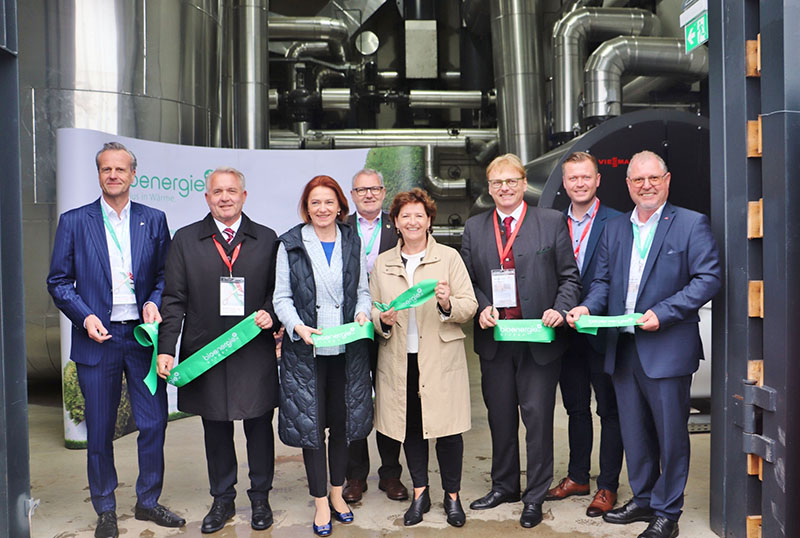
Roto Frank is extending its sustainability efforts through the launch of its biomass heating plant, located in Kalsdorf, Austria. The 1,200,176-square-foot plant began production on Feb. 16.
The biomass heating plant in Kalsdorf is the first one of its kind for Roto FTT. The Austrian Bioenergy
Group collaborated as a partner in its construction. Roto has set itself the objective of enhancing net zero emissions and reliability of power supply of the entire group by installing additional power and heat generation systems using renewable energy sources, among other measures. By doing so, Roto FTT is not only reducing its own carbon footprint, but also that of its customers, say officials.
The plant’s sustainable capacity
The heating plant features an operating output of 4 megawatts and features a 90 kWp photovoltaic installation. This means that the site generates 50% of the power it uses and does not depend on external sources for heating the premises and process water; using biomass ensures a carbon- neutral heat supply.
The biomass heating plant will reduce the carbon dioxide emissions of the Kalsdorf plant by 2,380 tons per year. This installation compliments the existing systems for producing power and protecting the environment: three hydroelectric power plants operated privately by the company, one rooftop photovoltaic installation and one open-space photovoltaic installation.
What officials say
"The biomass plant represents our technical progress, but also embodies the responsibility we feel towards our environment,“ said Christian Lazarevic, managing director of Roto Frank Austria, at the inauguration ceremony. “The plant plays a crucial role in ensuring reliable power supply to our site and therefore contributes to the reliability that we can offer our customers."
CEO Marcus Sander also highlighted the significance of the Austria production plant for Roto Frank Window and Door Technology (FTT) during the inauguration ceremony. "The Kalsdorf plant has been part of our group for 50 years and it plays an important role in our 18 production sites across the globe."

